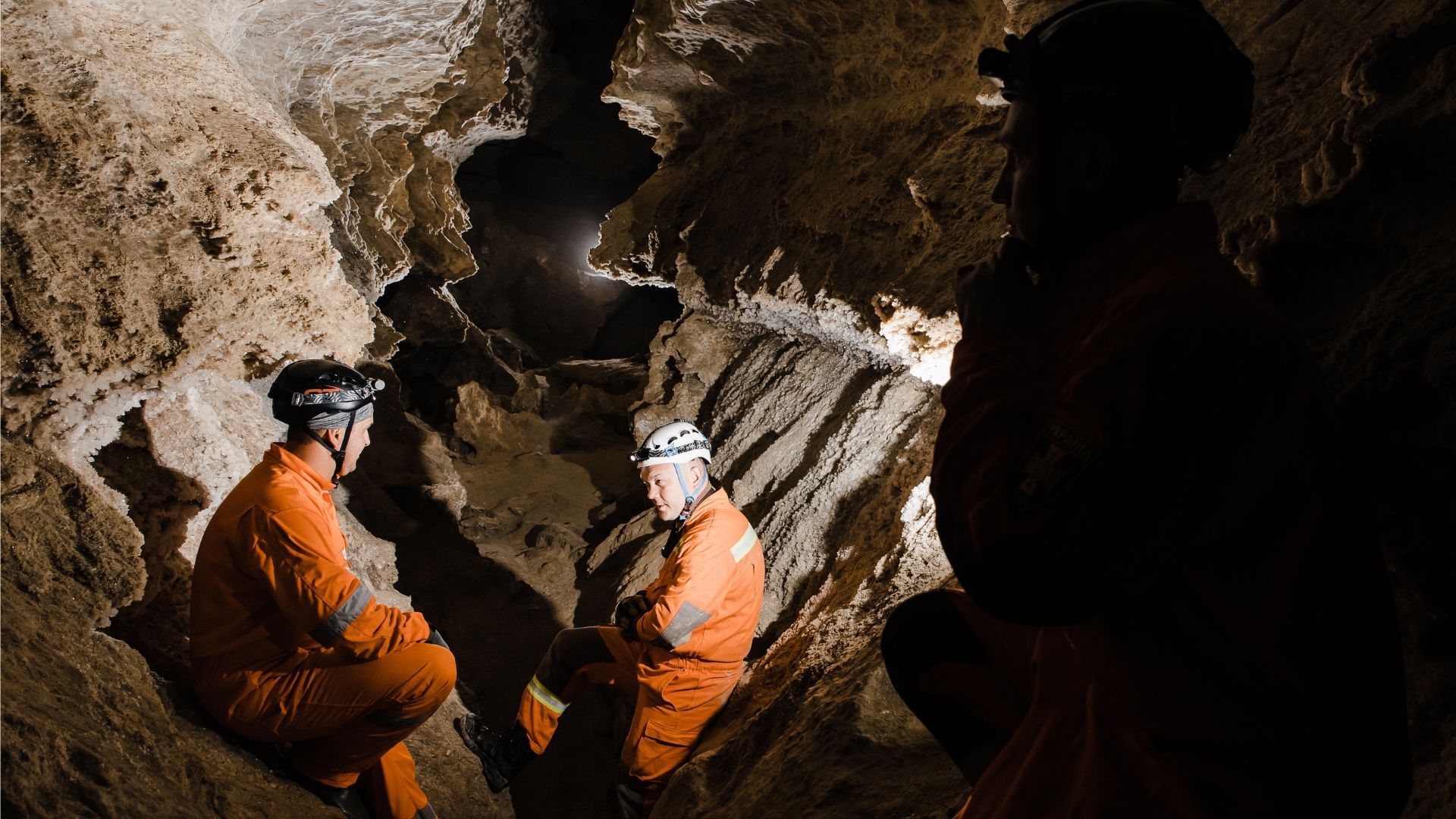How Stone Age string unties surprising secrets of the past
String was second only to stone in importance to Stone Age survival. Find out why string was the thing.

Ask a group of people to draw pictures of a Stone Age person and you know what the results will be. You're probably picturing it right now.
The precise details may differ. However, one thing will unite them all: primitiveness. These are humans at an early stage of development, happiest when chasing after bison, gobbling meat and hitting rocks with other rocks.
But what if we told you that Stone Age people were more sophisticated than that? What if we told you that we know this because of… string?
Yes, Stone Age string tells us a lot about our ancestors – at least as much as their stone tools. It tells us they were dexterous, creating string out of super-thin strands. And it tells us they were resourceful, using plants, trees and animals for the purpose.
After all, there can be no civilisation without string. No bags, nets, ropes or shoelaces. No tailoring without thread. No shipping without ropes. Take away string and society collapses.
In this article, we look at some recent discoveries in France and Germany that reveal some Stone Age smarts, before examining some string-making methods.
Two remarkable discoveries
In 2020, archaeologists found a fragment of string that is thought to be the earliest known specimen – tens of thousands of years earlier than we thought.
Before 2020, historians thought that the oldest bit of string was 19,000 years old and made by early
Homo sapiens. But this new finding suggests that Neanderthals, too, were twisting tree fibres into string between 41,000 and 52,000 years ago.
The specimen, found in the Abri du Maras rock shelter in southeastern France, is tiny: just 6.2 millimetres long. We don't know what it was used for. Scientists suggest it could have been a handle for a stone tool or the stitching in a net or bag.
The year 2020 was big for prehistoric string, with scientists also identifying the earliest known rope-making device.
Some years earlier, archaeologists had come across a 20-centimetre-long bit of ivory with four drilled holes in the Hohle Fels cave in southwestern Germany.
They now believe it was used to make rope, with ancestors feeding plant fibres through the holes and twisting them to create thicker threads. These ropes were used to make fishing nets, animal snares, bows and arrows, clothes and bags.
This discovery has also led scientists in Britain to identify a device found in Cheddar Gorge, Somerset, as serving a similar function. This specimen suggests that ropes were being made in Britain at the end of the last Ice Age.
Trees
If you pick up a piece of tree bark, you can see the long, tiny fibres on the rear side. These strips were collected and then twisted to make string like the specimen found in France.
But Stone Age people also used the bark itself, particularly the bark of the willow tree. They would tear strips of bark into long, thin strands and then twist them together.
It was a labour-intensive process – but the results were invaluable. Thicker branches made string that could hold a shelter together, while thinner ones were used to make baskets and fishnets.
The wood from willow trees was also used for firewood, spears and darts.
Plants
Stinging nettles aren't just a nuisance. As well as making a tasty soup, they can be used to make fine string.
A Stone Age person would gather nettles and rub them up and down to remove the little hairs. They would then peel off the outer layer to reveal fibres.
These were soaked and then twisted into string. The result is a type of string that's tough but not as tough as its willowy counterpart. But it had its own advantage – namely, that it was much more bendy, making it ideal for smaller jobs.
Animals
Today, there are vegan substitutes for pretty much everything. But in the Stone Age, you needed animal products to survive. They furnished you with food, clothing and even shelter.
They also provided Stone Age people with two materials for string: skin and sinew.

Animal sinews are long and thin. They were dried, then flattened with a stone and plaited into string.
Skin, on the other hand, was soaked until it went floppy and pliable. As it dried, it shrank and tightened. This rawhide could then be used to make string.
What was string used for?
Ever since its earliest uses, string has been a multi-purpose material. Its importance to early humans and Neanderthals can't be overstated. Along with stone tools, it allowed hominids to advance and evolve into present-day humans.
Stone Age people had to hunt to survive – and string helped them do so. They made fishing lines and nets out of cords and fastened points to arrows and spears with twine.
String was used in early drills known as "bow drills". These were used to make fires and to drill holes.
Back then, the only thing between you and the elements were clothes and shelter – and neither of these could be made without string.
Finally, string was used to make bags and nets for carrying food and tools. This was extremely useful when out hunting, harvesting or climbing.
Can you make your own string?
The simple answer is "yes"! DIY string-making is good, if fiddly, fun. There are plenty of tutorials online as well as workshops – including here at Stump Cross Caverns.
Yes, our Stone Age specialist will teach you how to braid grass into string as well as the basics of flint knapping (shaping stone into tools).
It's a fun, educational workshop that's suitable for all the family. Want to get involved? Sessions start on Saturday 7 September and take place every weekend until the October half-term. Keep up to date with our calendar of
fun activities in Yorkshire – or
get in touch with a member of our team for more details.















